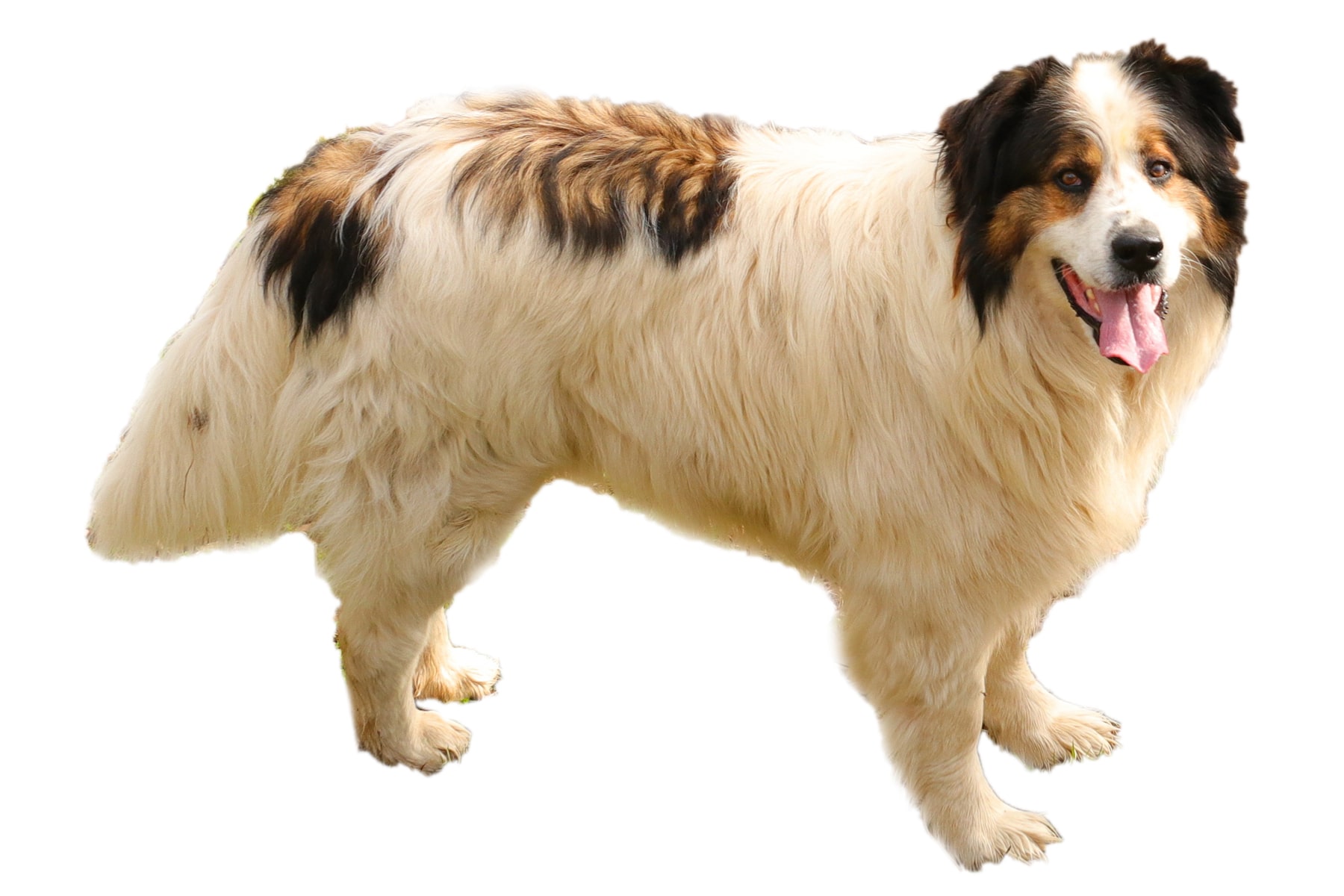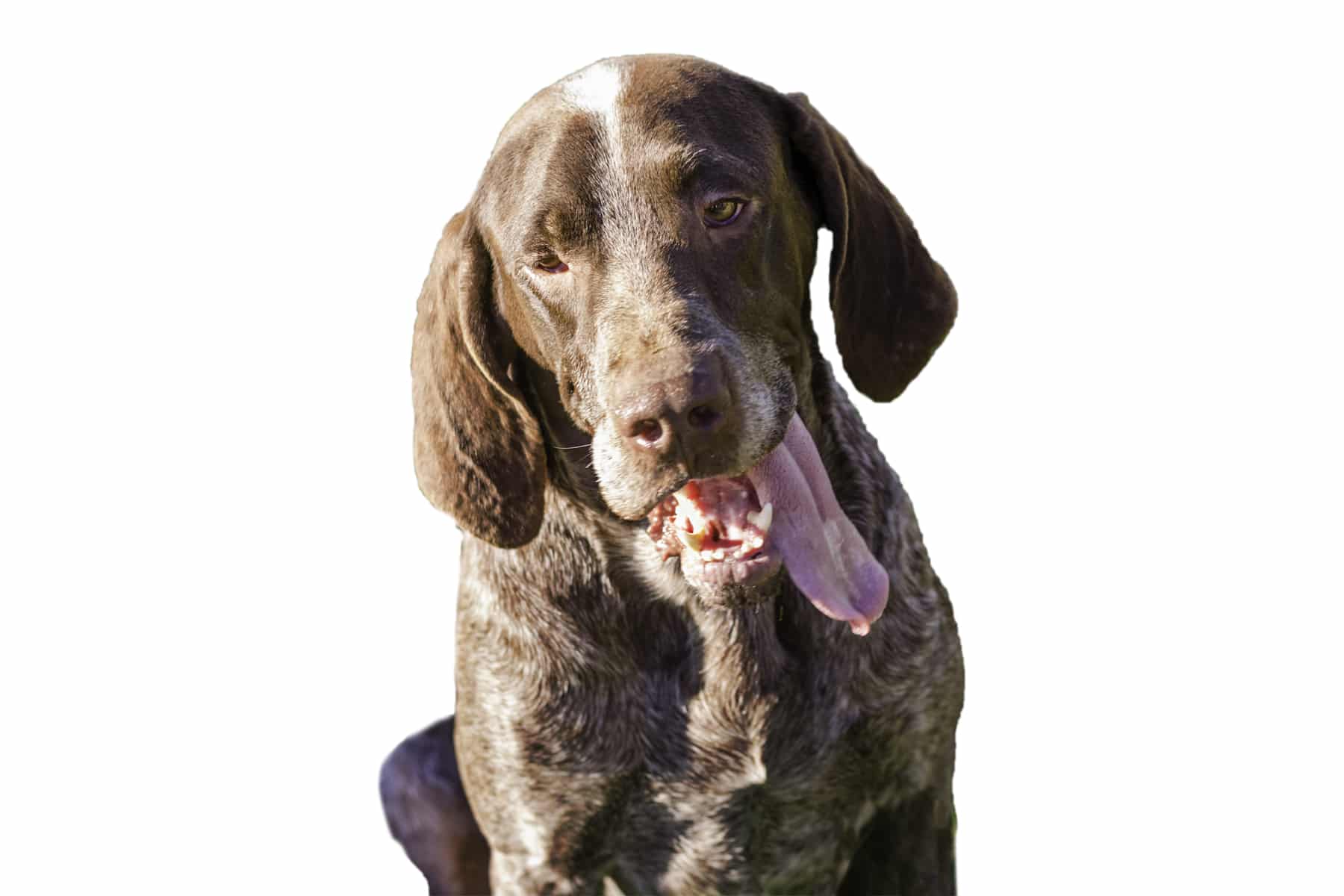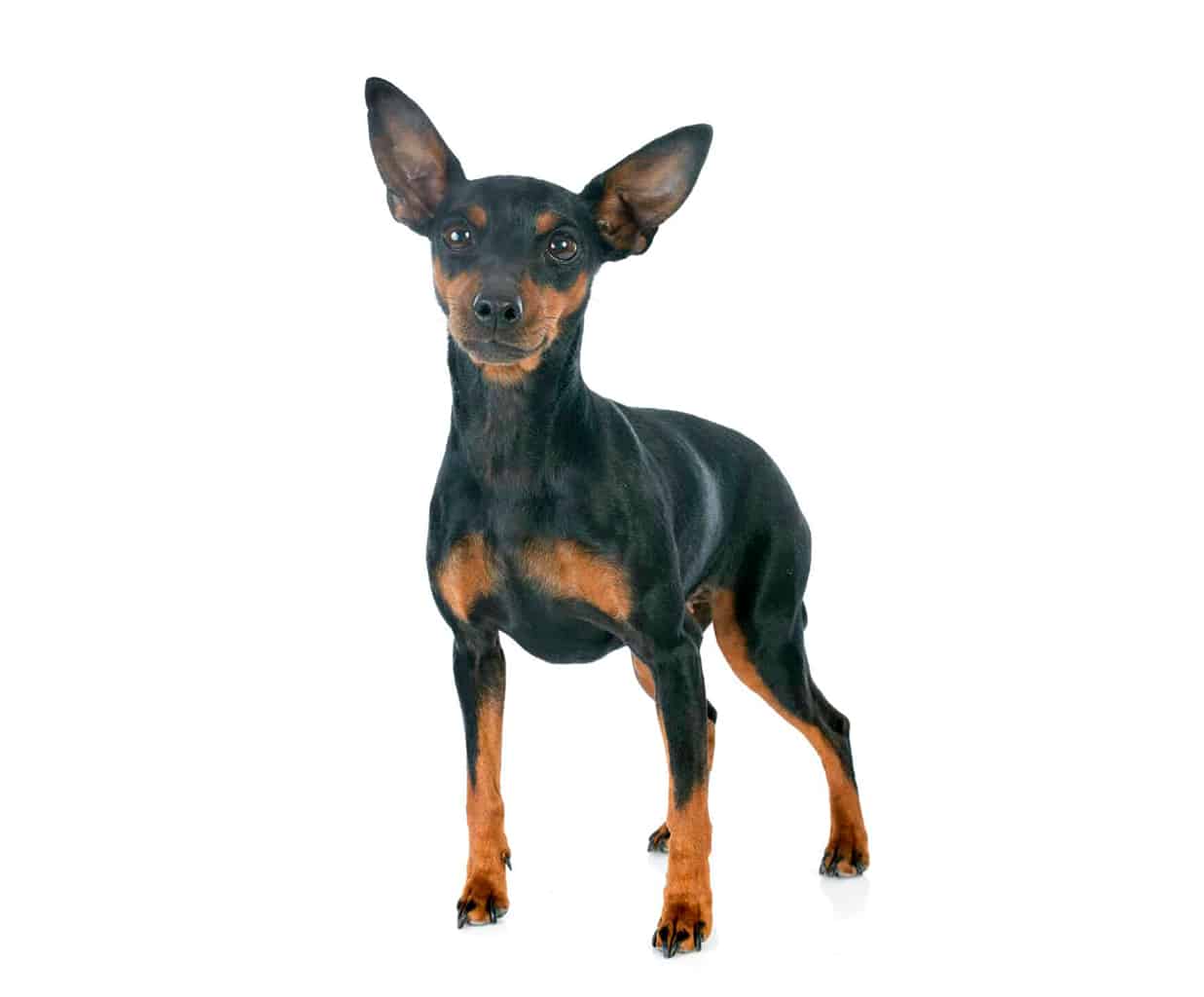German Pinscher
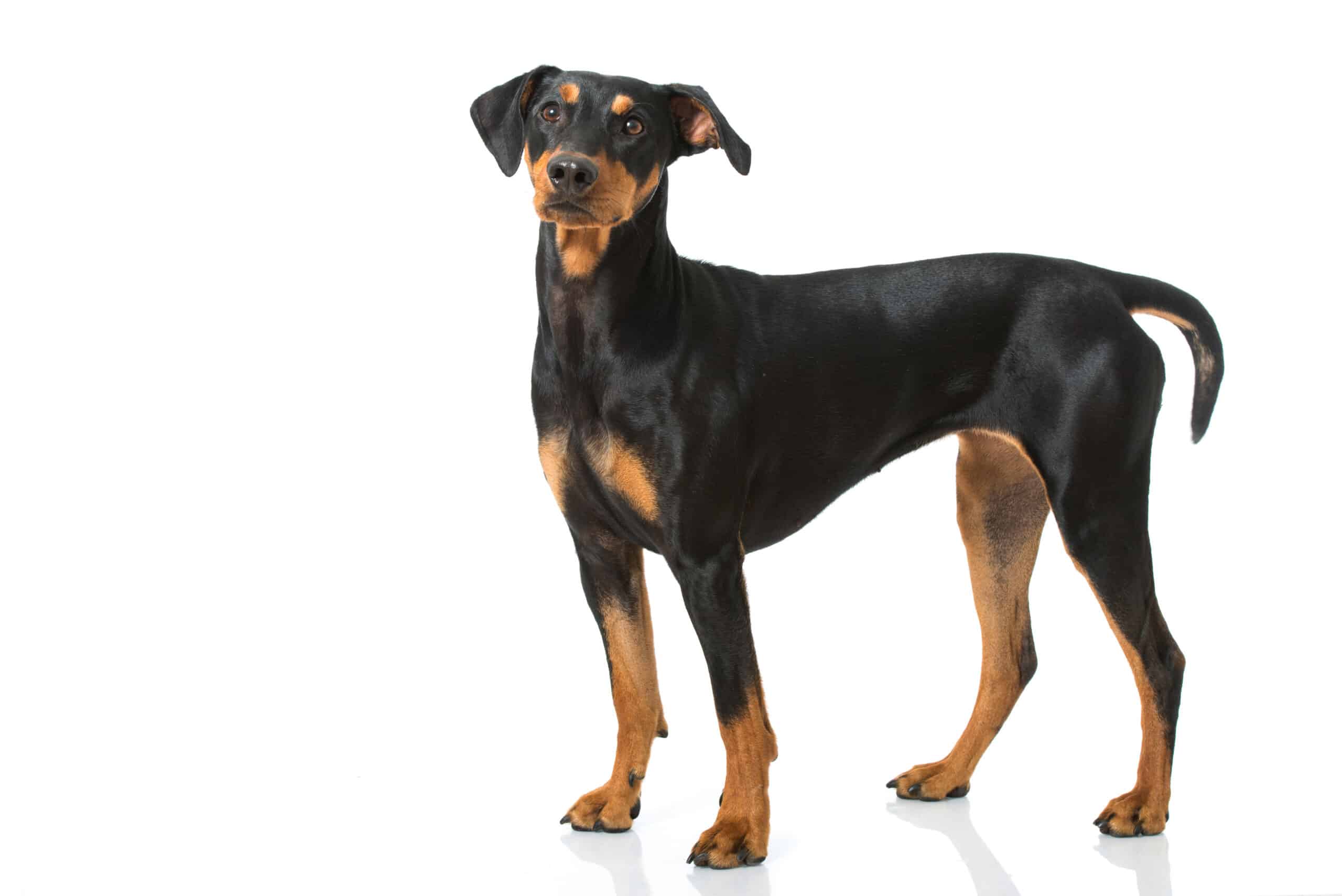
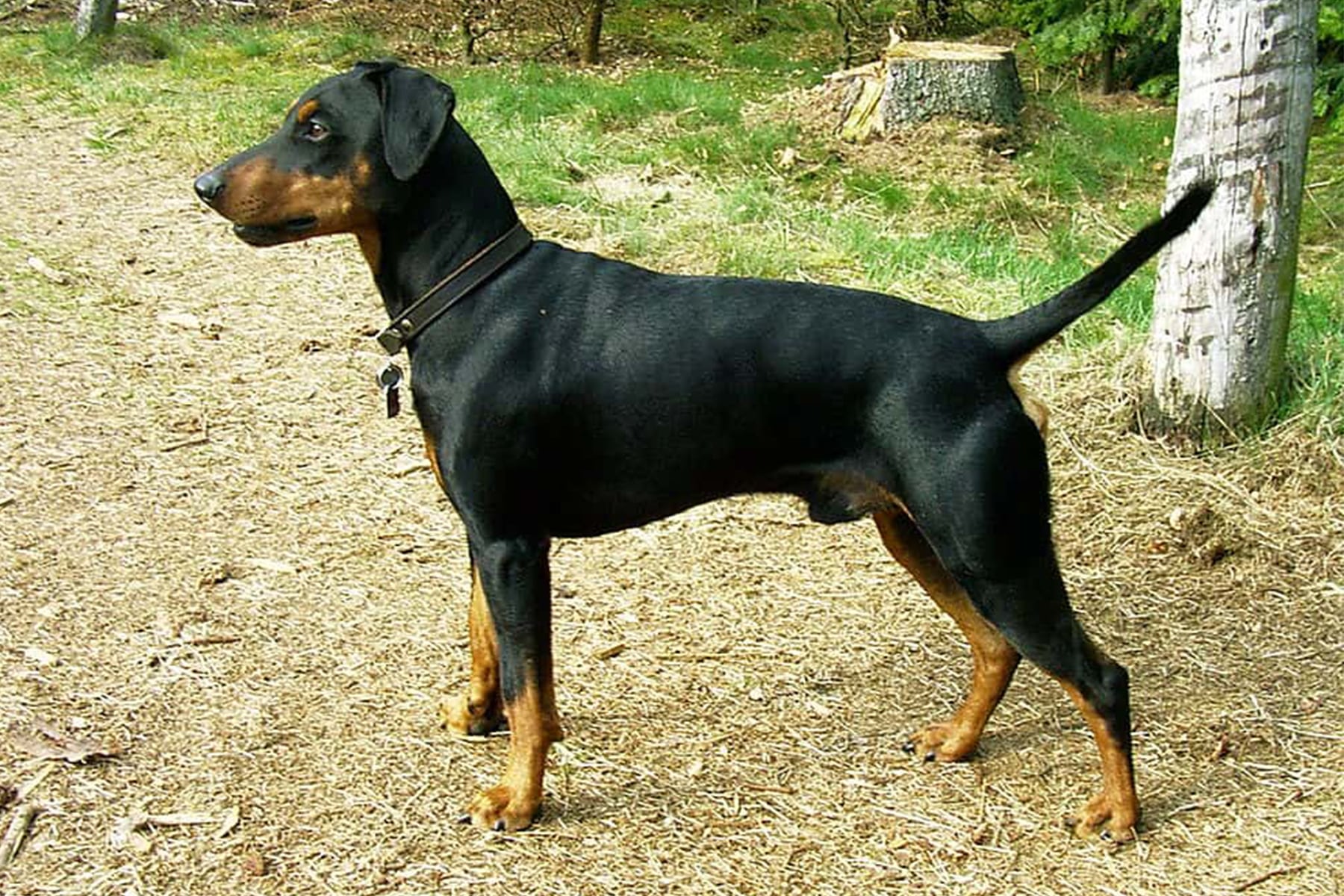
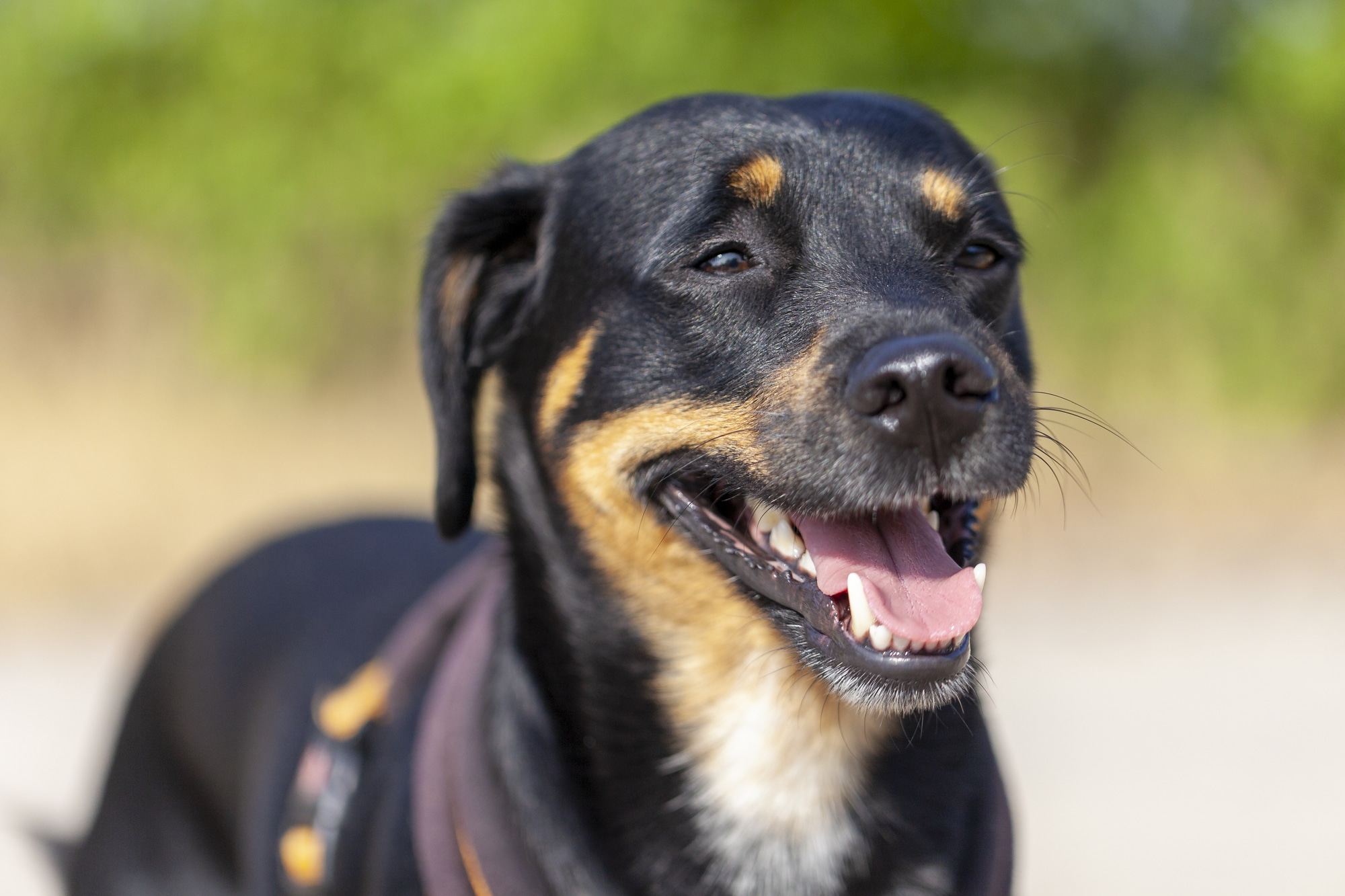
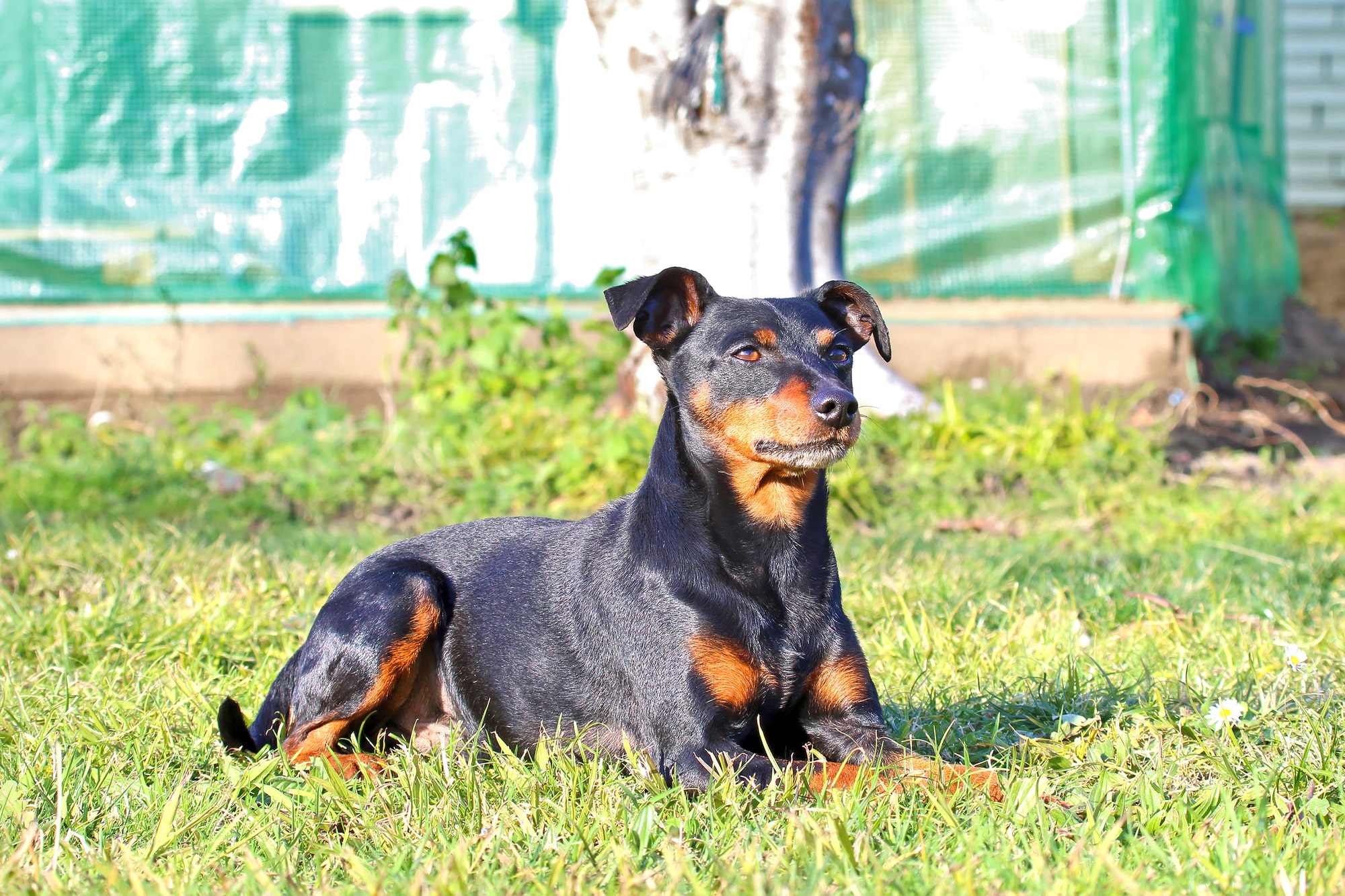
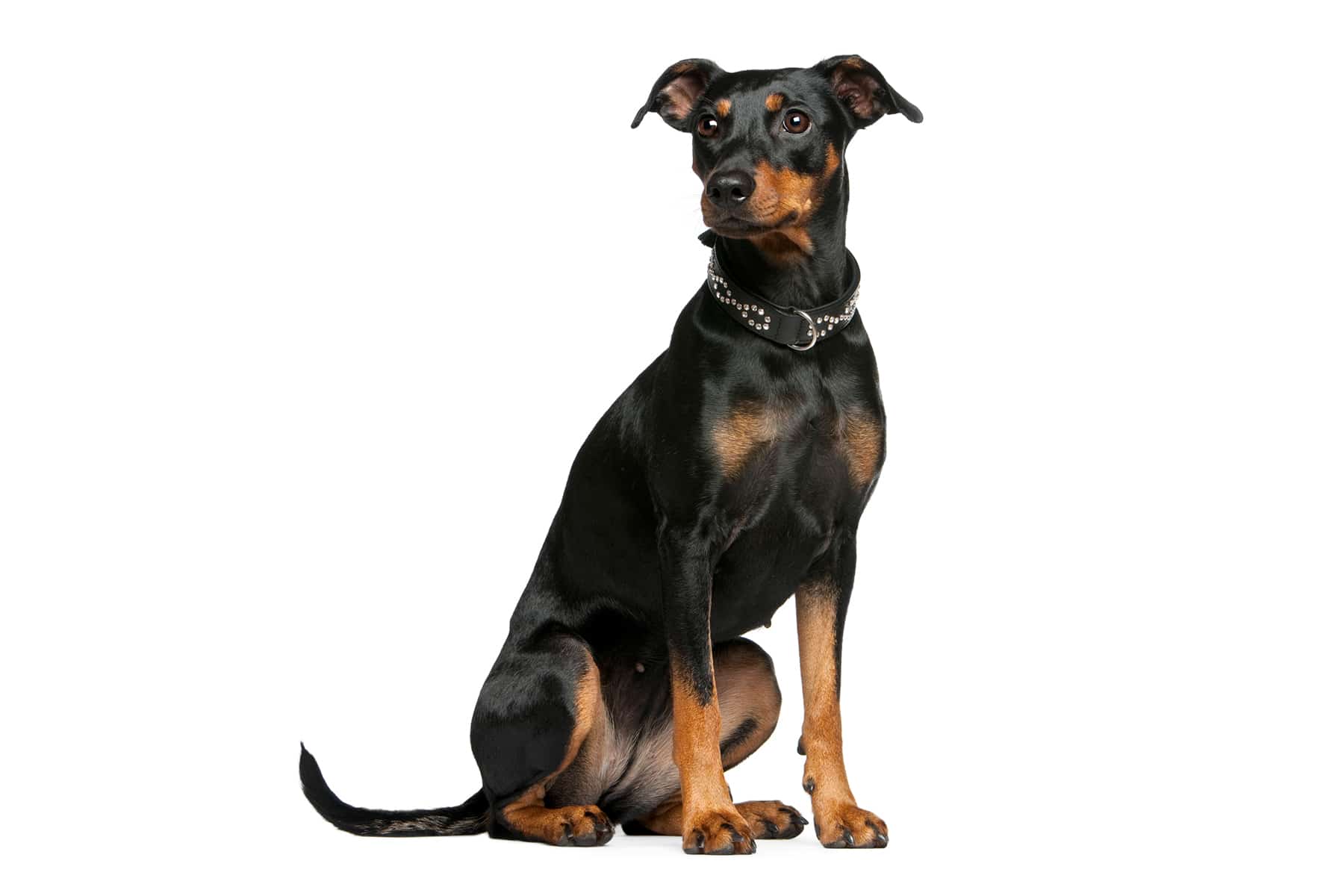
Temperament:
His hunting ground was the farm. Its hunting ground was between the farmyard and the barn. The German Pinscher is the original house and farm dog. Rats and mice were among its tasks. It was also responsible for protecting the farmyard and people. A few decades ago, the breed almost died out. Today it is still one of the endangered domestic breeds, but is once again one of the crème de la crème of German dogs.
Characteristics
The German Pinscher loves its master. He loves to cuddle and needs lots of attention. Full of temperament, it demands to be kept busy. This active four-legged friend needs to live out its play instinct and enjoys long walks. He likes to run around outdoors and chase mice in the fields. He has great stamina and is suitable as a companion dog for sporty people.
Pinschers are attentive watchmen in and around the house. These four-legged friends are completely incorruptible. They bark in moderation, but report anything unusual. They are very wary of strangers, but loyal to their family. They enthusiastically greet returning family members and demand their right to attention. They love to romp around with the children.
As very intelligent and self-confident dogs, Pinschers are quick to make their own decisions. They are always trying to get their own way. That's why you need to place value on consistent and loving training right from the start. They notice when you let up. A little experience in handling and training dogs is an advantage with Pinschers. Is a German Pinscher well trained? Then it has an obedient and loving nature and is naturally friendly.
This dog likes to learn quickly. He masters tricks in no time at all. That's why you can also take him to dog sports such as agility, trick dog and dog dancing. Are you looking for an active four-legged friend who will go through thick and thin with you? One that can have a mind of its own? Then the German Pinscher is just right for you.
The Pinscher is a dog that not only impresses with its character. Its body is athletic and strong without appearing bulky. The coat lies smooth and flat on the skin and shines as if polished. Today, the German Pinscher is bred in two color varieties. The red Pinschers are solid-colored. They make up 20 % of the dogs. Bicolored Pinschers are black with red markings.
The dog grows up to 50 cm tall and thus belongs to the medium-sized breeds. When fully grown, it weighs up to 20 kg. Its build is square and muscular. The hinged ears are V-shaped, the muzzle is narrow and wedge-shaped. Ears and tail were docked until 1987/1998. Fortunately, this is now prohibited. Compared to other dog breeds, the Pinscher grows very old.
Coat care:
Shedding:
Energy level:
Trainability:
Children suitable:
The right food
When choosing food, make sure that it contains high-quality ingredients, is balanced and meets your dog's requirements. Age, size or weight, activity and health status play an important role. You should follow the manufacturer's recommendations for the amount of food.
Treats should only be fed in moderation. Natural, dried chews that also support dental hygiene are best.
Puppies can be fed 4-6 times a day. The number of meals should be gradually reduced to 2 per day until the dog is fully grown. A rest period should be observed after meals.
Health & Care
Your Pinscher won't give you any particular trouble with grooming. He loves to be outside whatever the weather. When you come home, he will certainly need a dry towel. Otherwise, brushing him well is enough. You should do this regularly so that his coat doesn't lose its shine. He also sheds very little hair, which is certainly an advantage for some dog owners.
The edges of his ears are very thin and not very hairy. They cause problems for many German Pinschers. You need to check them for injuries and inflammation.
Does your four-legged friend accompany you into the forest when riding or doing other sports? Then he may sneak through undergrowth and thickets. Then you should definitely check him for ticks. You may find burrs or thorns in the fur or on the paws.
Mental and emotional care is more work than physical care. As the German Pinscher needs a lot of attention, you should take enough time for this. He needs enough exercise every day. His intelligent mind also needs to be challenged. Dog sports are well suited to this. However, you can also take him for long walks by bike or on inline skates. Chasing mice in the meadow will also keep him excited and busy.
His upbringing will also challenge you. He needs confident leadership and boundaries. You must be able to assert yourself against him. A dog training school is certainly a great help here.
Hereditary diseases are hardly known in Pinschers.
Suitable accessories
What do you need as initial equipment for your German Pinscher? He will definitely need a collar or harness and a lead. Think about where he should sleep. Maybe give him a dog basket or make him a bed out of a thick woolen blanket. Food and water bowls for daily feeding. A fur brush for short hair should also be on the shopping list.
How should it be transported in the car? The safest option is a dog crate for the trunk. It is also safe there in the event of an accident.
What can you do to make your German Pinscher happy? He loves to play. That's why he loves robust toys. They can keep him occupied while he is home alone.
If you decide on a type of dog sport, you will need additional equipment. There are also some useful products for training at home.
Don't forget to register your dog for dog tax with your local authority. You may also have to register it in the dog register. This varies from state to state. You may also need dog liability insurance: your dog must be identified with a microchip.
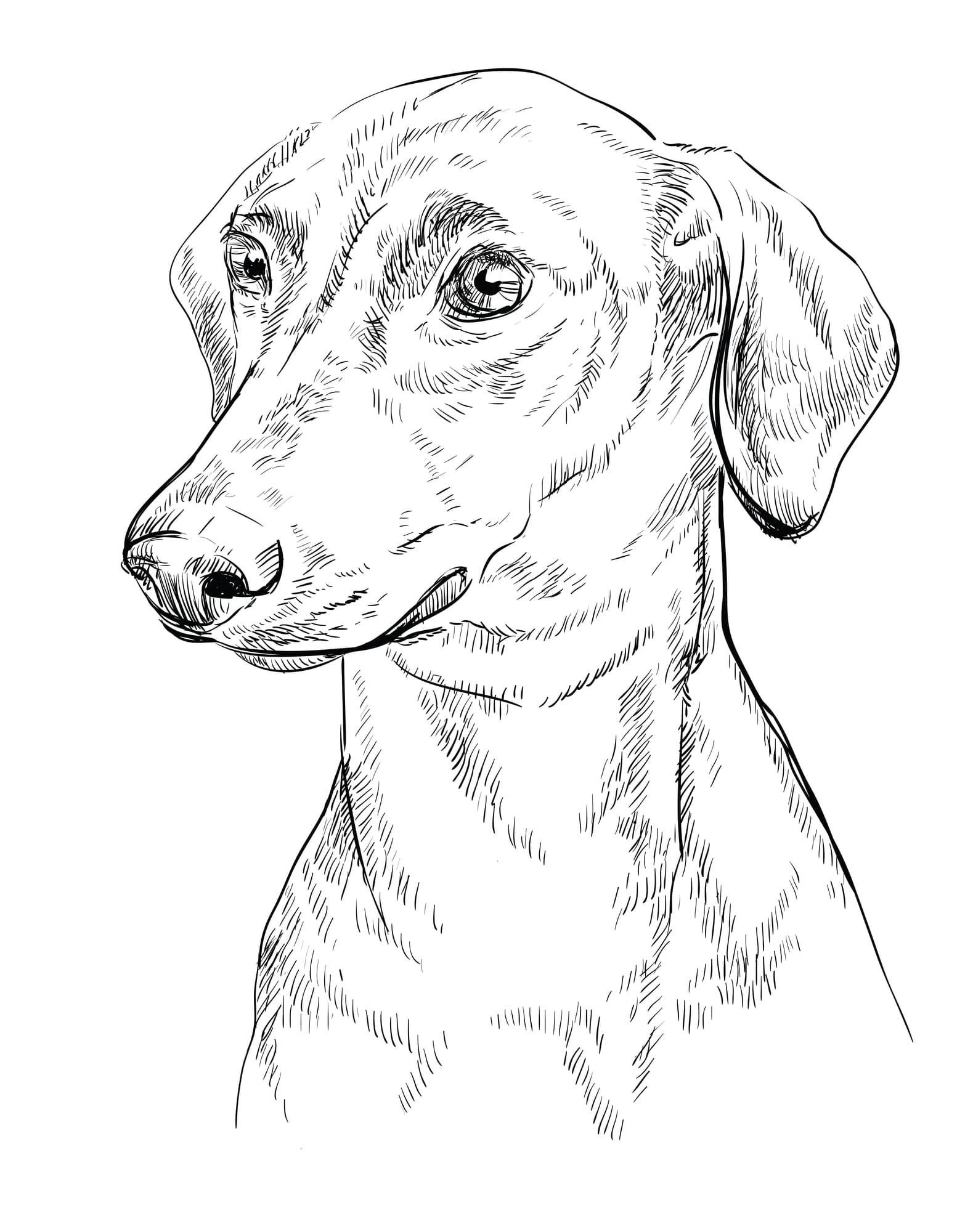
Origin & History
Experts believe that the Pinscher's ancestors were kept in peat pits thousands of years ago. Its exact origin is not known. Some believe that it is a descendant of the terrier from England. Others, on the other hand, suspect its roots in Württemberg. Old paintings show that it has hardly changed over the centuries.
In 1880, the German Pinscher was mentioned as a breed in the "German Dog Stud Book". At that time, it was widespread. It was the classic farmyard dog of simple farmers. The Pinscher had the task of guarding the buildings and fighting vermin. It also lived off its prey and was therefore a cheap pet. Its good hunting instinct also earned it the nickname "Rattler".
Some used him as a coach dog. He accompanied carriages and coaches or sat on the buckboard with the coachman. His attentive and protective nature made him a valuable companion.
At the beginning of the 20th century, the Pinscher breed was divided into rough-haired Schnauzers and smooth-haired Pinschers. Schnauzers and Miniature Pinschers continued to be very popular. However, the German Pinscher lost popularity during this time. Due to industrialization, there were fewer and fewer farms. Carriages disappeared from the street scene.
In the 1950s, the breed was almost extinct. It was not until 1958 that the breeder Werner Jung succeeded in preserving the breed. From this time onwards, the Pinscher was increasingly bred again.
Nevertheless, the numbers were not enough. In 2003, the Pinscher was placed on the Red List of the Society for the Preservation of Old and Endangered Domestic Animal Breeds. The situation is slowly improving again. Nevertheless, the German Pinscher remains a rare dog breed.
